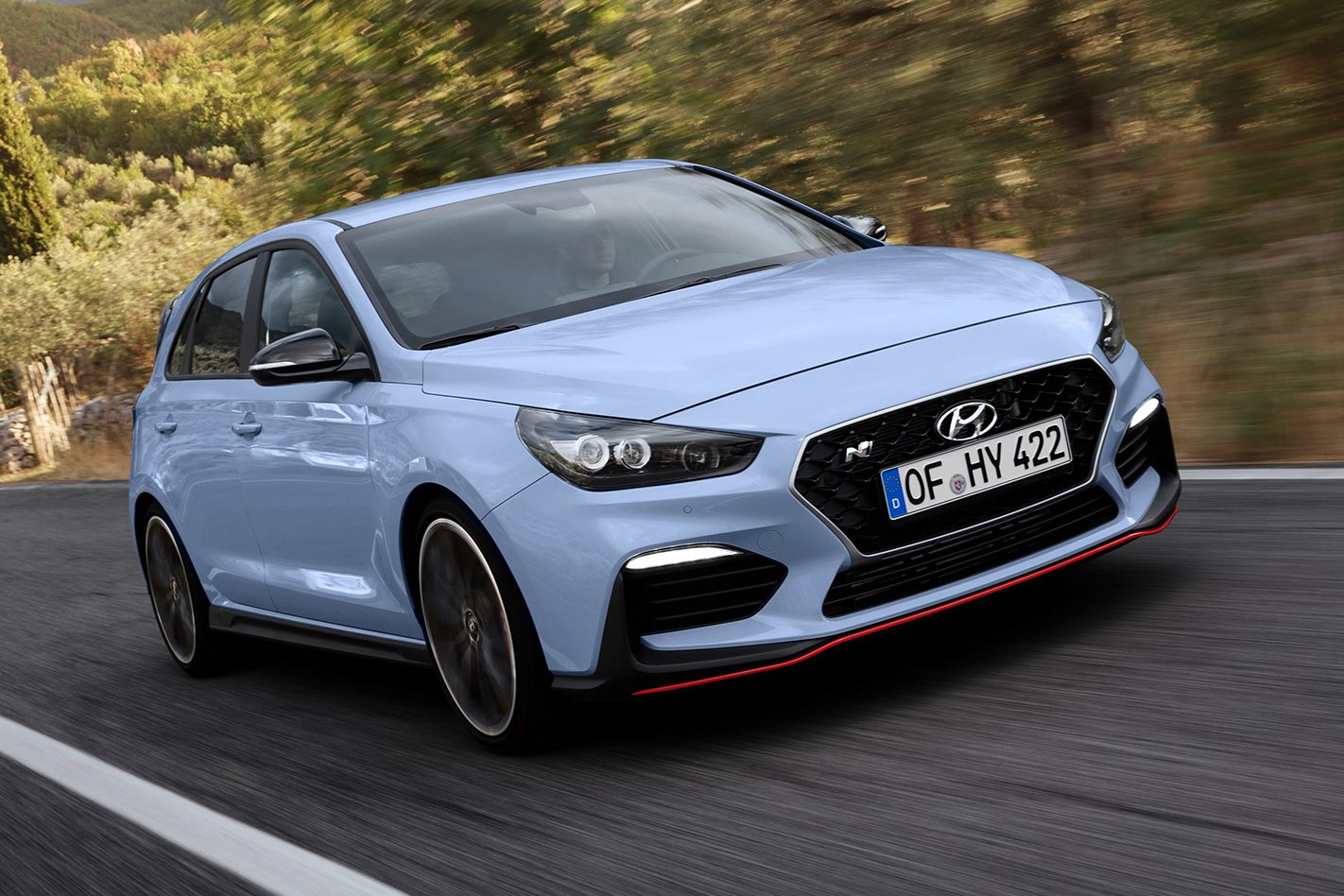This isn’t a punch line, fake news, or April fools. Hyundai has built a hot hatch.
It promises to exorcise memories of the Excel. And to do that, four years ago Hyundai lured BMW’s Albert Biermann from retirement and into its N division. The target was Wolfsburg’s ever-green Golf. And the i30 was the weapon.
We recently fanged the final result across Europe, learning the i30 N will swoop into Australia next year with a standard and shamelessly named ‘Performance Pack’ version. Save your yawns, though, because the i30 N is a belter.
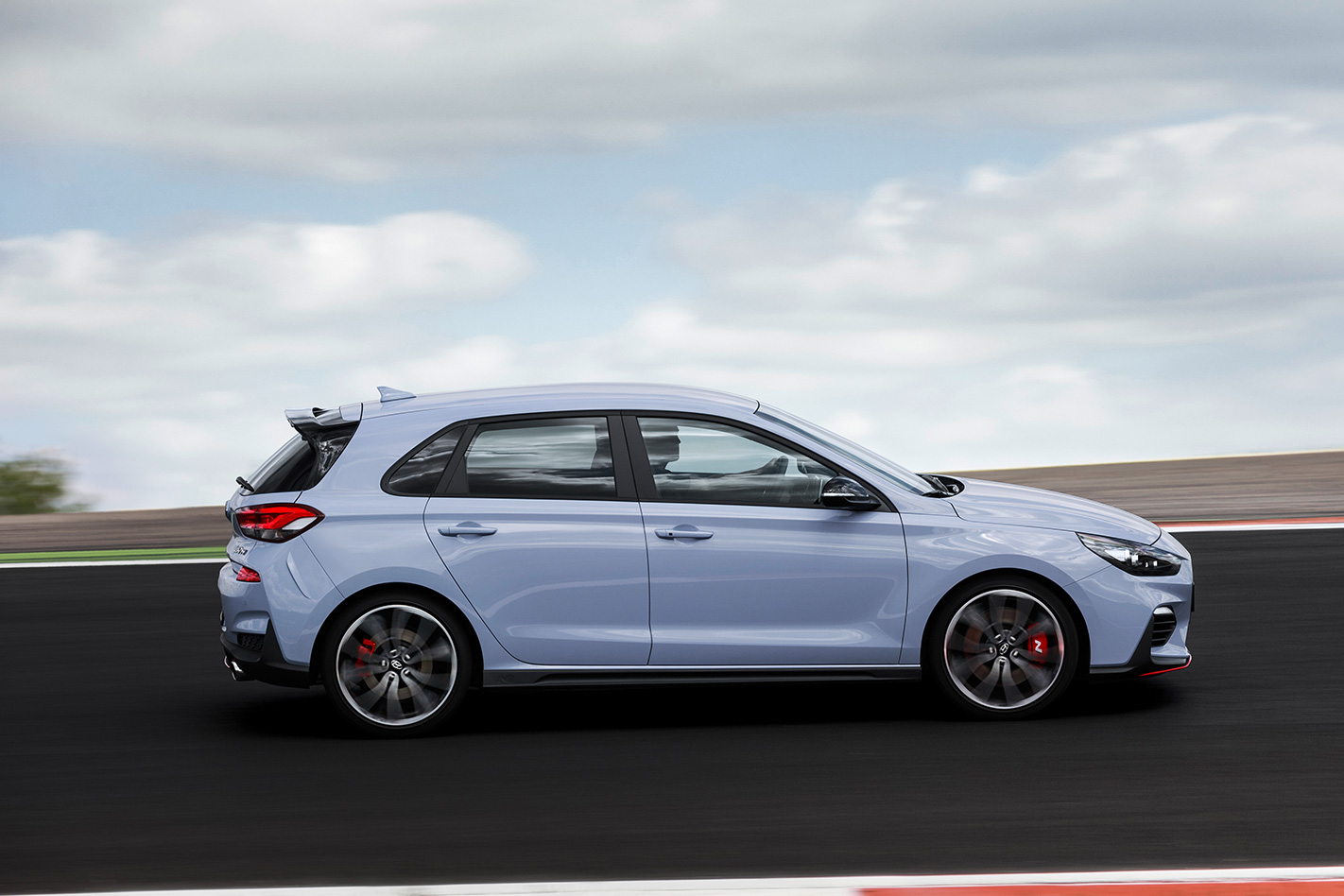
Outside, they wear N-specific bumpers, side sills, and a shared rear spoiler. Meanwhile curtains, splitters, and a smooth underside apparently produce overall downforce.
We’ll let you decide on the looks. But the real theatrics are underneath the sheetmetal, where engineers save the 2.0-litre engine from a life of school runs and Uber duties in a Sonata.
It’s then given a new twin-scroll turbo, redesigned manifolds and an upgraded cooling system. The result isn’t dramatic on paper. It’s only 3kW and 3Nm healthier in the standard car with 183kW/353Nm.
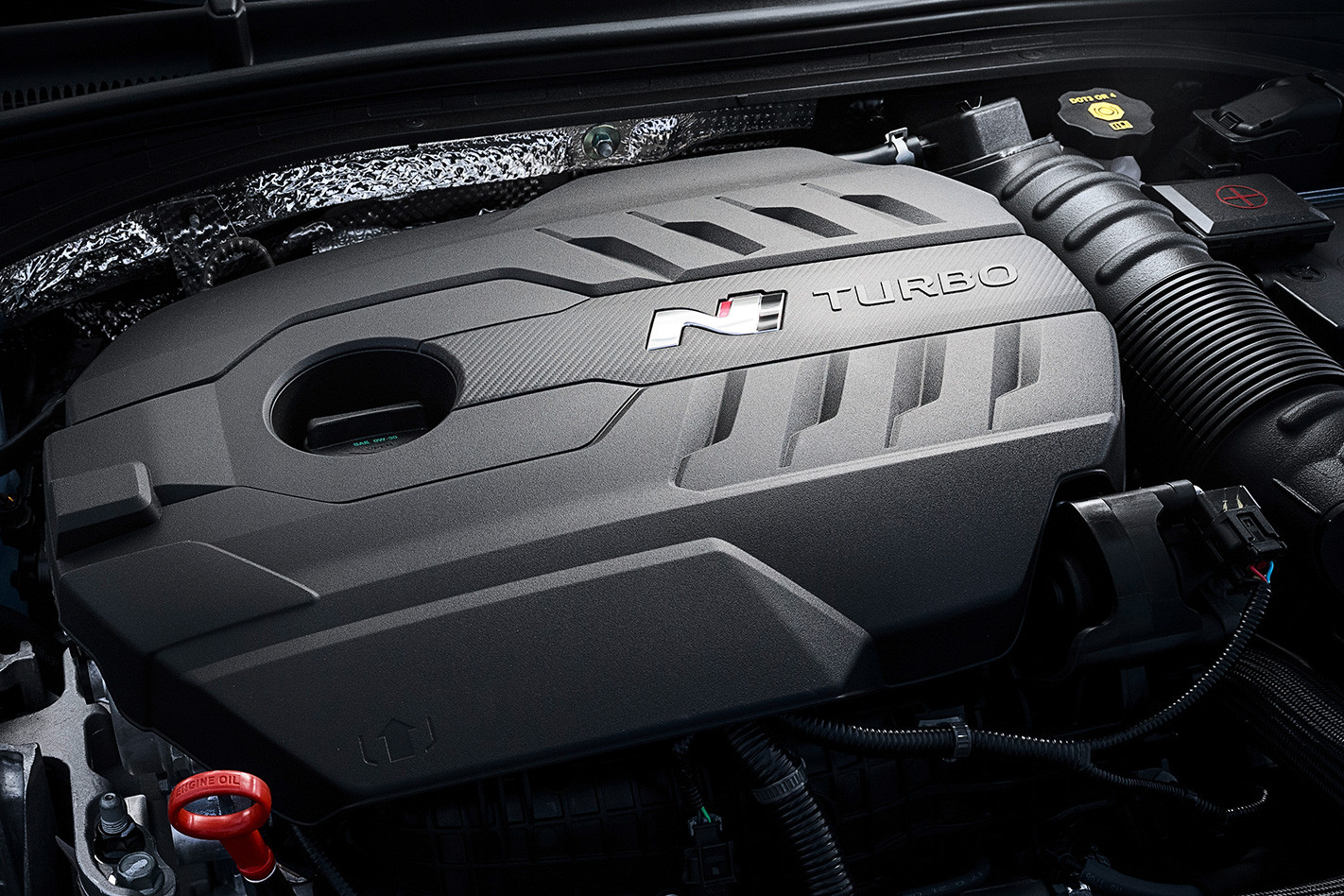
The engine is incredibly tractable in Sport for a 2.0-litre. Peak twist arrives as soon as 1400rpm, and then hairy-chested overboost appears at 1700. As a result it’s happy to stay in higher gears, pulling hard from down low until it runs out of breath near its 6000rpm power peak.
Performance Pack cars score a 202kW engine tune, produced at the same rpm, slashing the car’s 0-100km/h sprint in 6.4sec to a launch control assisted 6.1. For reference, VW’s Golf GTI Performance turns 180kW/380Nm into a 6.2 second sprint.
Handling the grunt is a six-speed manual, with a wet dual-clutcher in the works for 2019. Beefed up synchros and a stronger clutch help it cope. While a fuel-cut function means it will happily bounce off its 6700rpm redline.
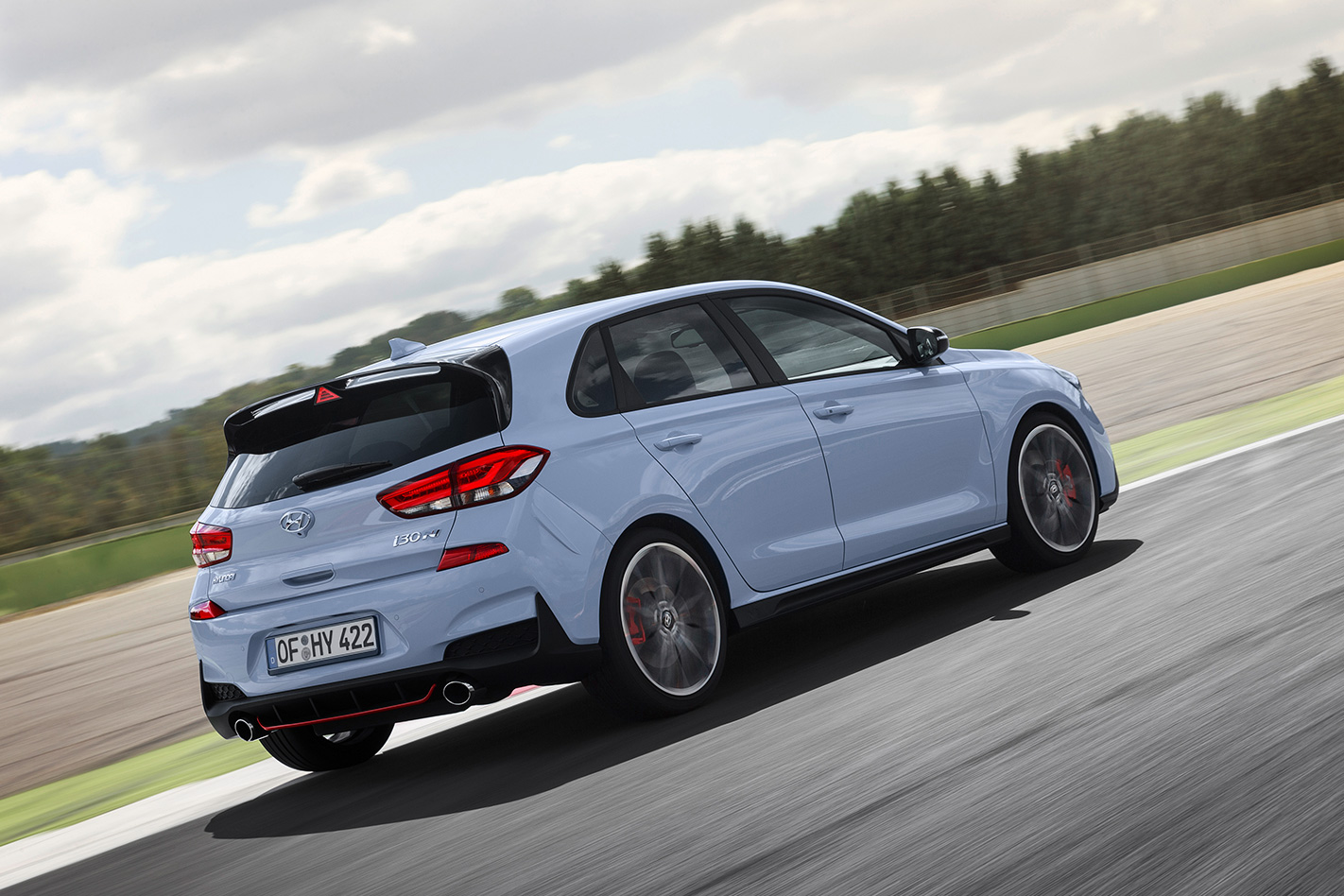
You can switch it off. And mess with other things like the torque map, dampers, exhaust, ESP, rev-match system, steering, and sound enhancement through the drive mode menu.
Or, if you’re lazy, an ‘N’ button on the steering wheel will switch everything to kill. Or press it twice and you can customise all features to your liking, just like an M3. We preferred the dampers in their softest setting, and all else in their sharpest.
Another button toggles through the regular Eco, Sport, and Normal drive modes. There’s no one-touch for the exhaust like there is for the rev-matching system. But we must say the noise is spot-on when set to ‘disturb the peace’. And not just for a Hyundai.
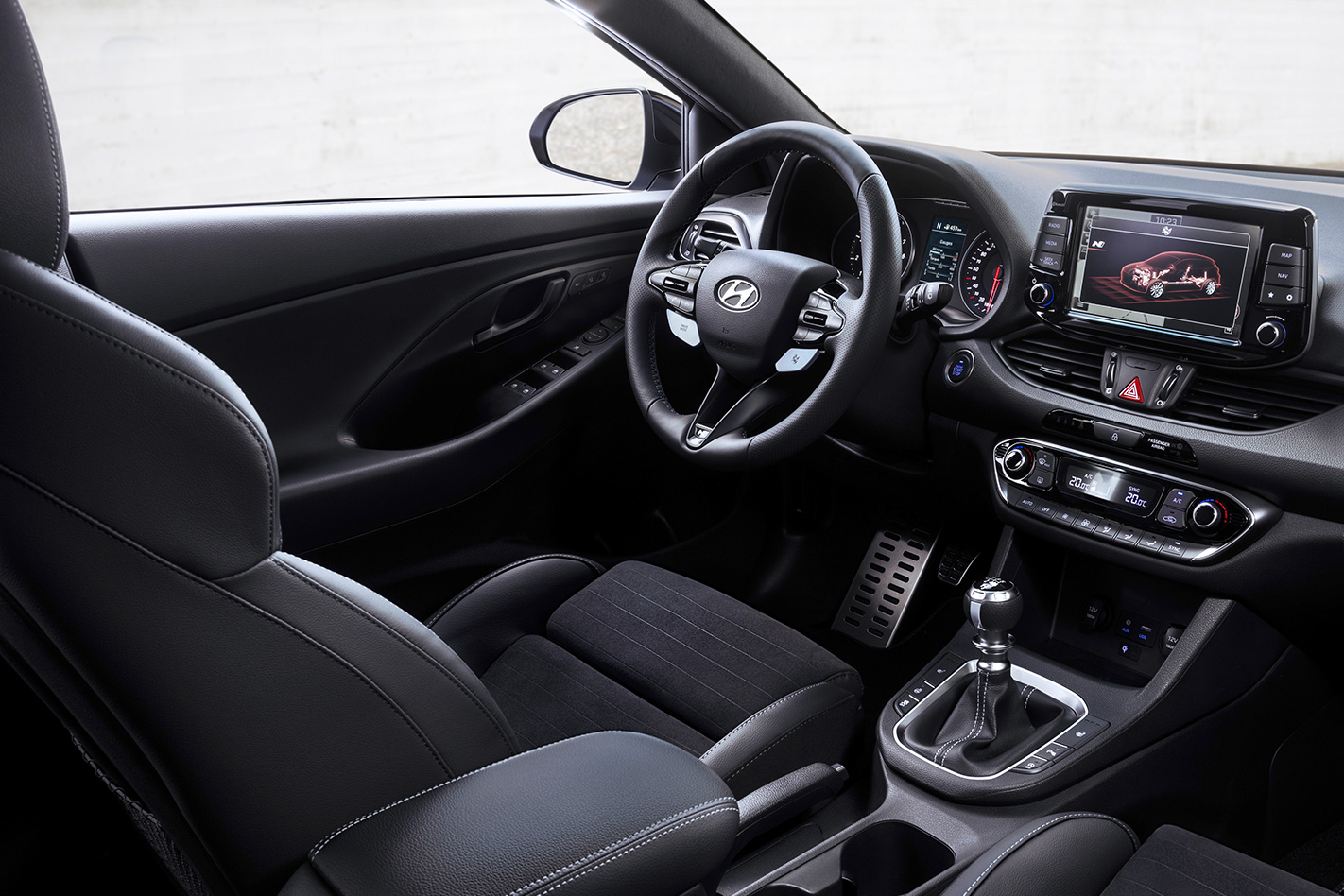
Performance Packs also score a brand new front-differential that uses an electronically controlled clutch-pack to vary lock. Matched to Pirelli rubber (10mm wider than standard at 235/35) it’s claimed to corner five per cent faster than the standard car.
Yes, the Performance Pack launches out of corners cleaner and feels a touch sharper on its 19s. And besides a little steering numbness under full power, torque steer is almost banished. The strut-front suspension still tramlines, however, and it won’t shake its tail like a Megane RS without a big dab of brake and dampers their softest.
Still, adaptive dampers, soft springs, and a stiff body structure have allowed engineers to strike a fantastic ride/handling balance which will make the i30 N a demon on our back roads. Over hundreds of road kilometres, including Rome’s worst, the i30 N relays enough about surface and grip levels for you to push hard, but not too much that it becomes tiring or uncomfortable.
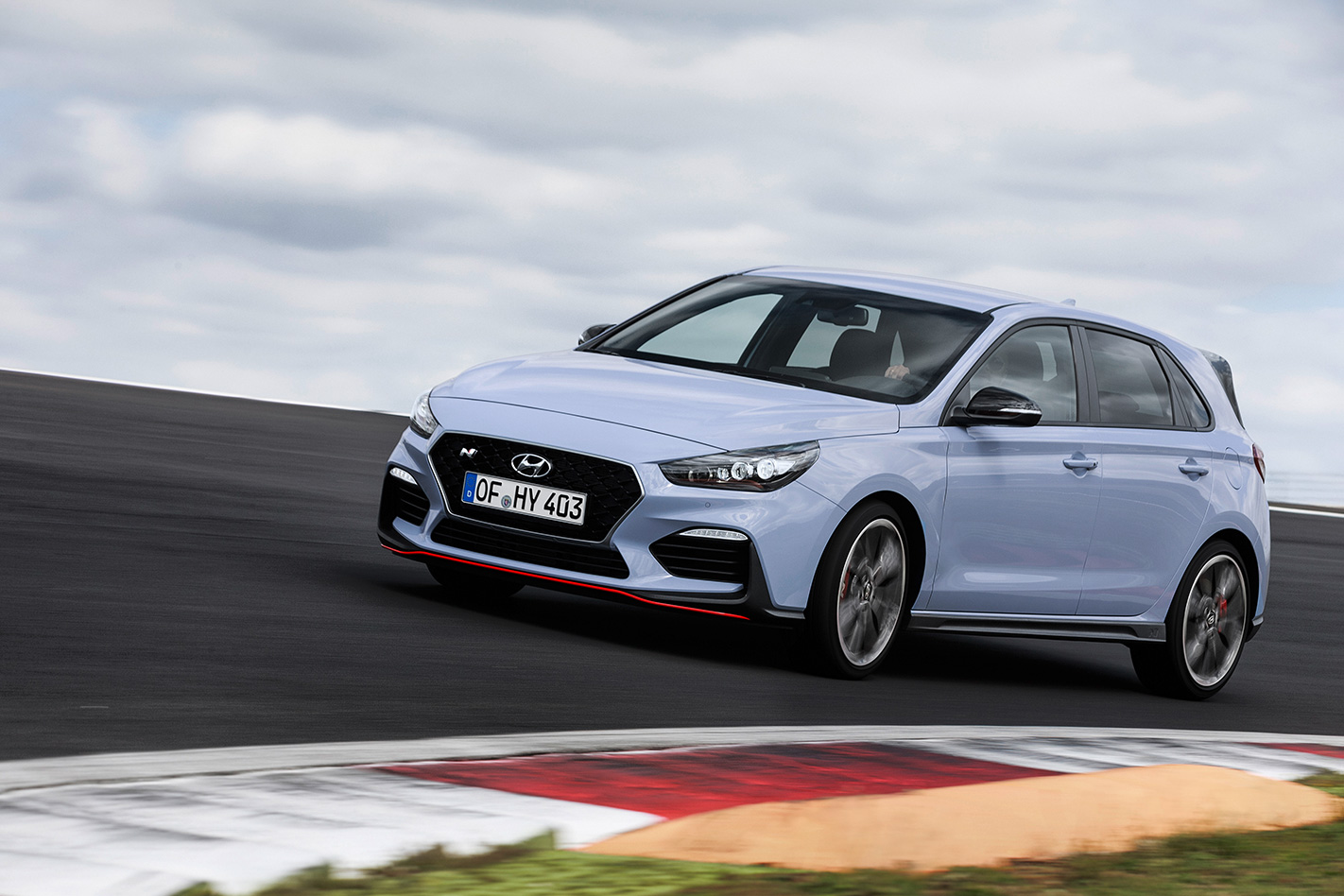
However, it still lacks the feedback and on-limit sharpness found in Volkswagen or Ford stables. Oh, and the turning circle’s rather big. Inside, the interior feels solidly built. Both the touch screen and LCD dash display are clear and concise. Meanwhile the touch points are spot-on for placement, access, and tactility.
Search hard enough, however, and you’ll find a rough edge or two on hidden plastics. Hyundai aims to offer both cars in a boggo and luxury spec. Adding things like a sunroof, heated steering wheel, and other trinkets at a higher price.
We’d appreciate more seat bolster for track stuff, but as we’ve reported, you might be able to fix that yourself with some hardcore optional extras in future. When it lands in February next year, Australia is expected to become the second biggest market for the i30 N outside of Europe.
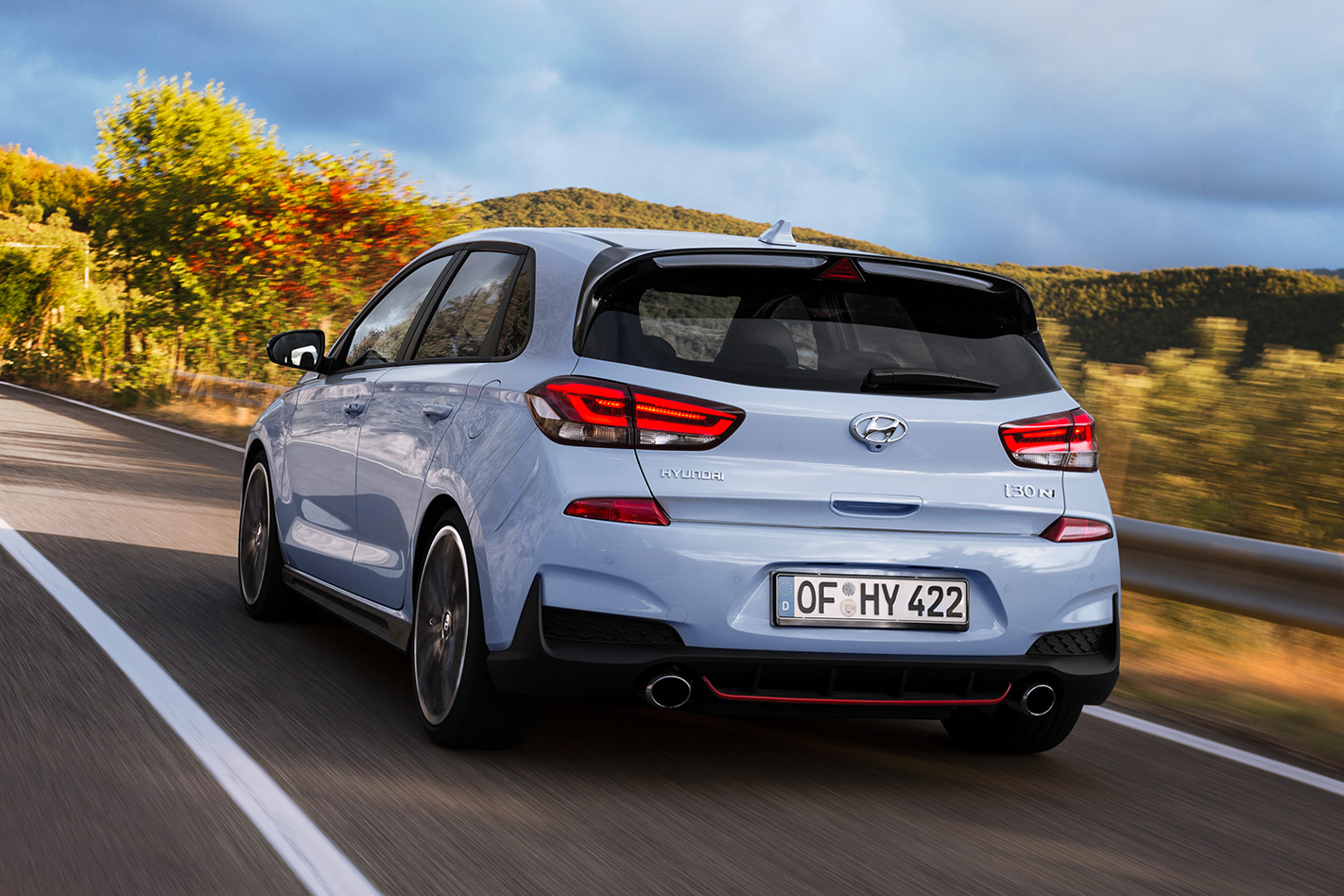
Of course, the zestier outputs, bigger brakes, and tricky diff in the Performance Pack make it the real pick. The latter two features adding an extra layer of control and finesse when really hooking in. There’s no automatic until 2019. But the flip-side is, Volkswagen doesn’t currently offer a manual Golf GTI Performance in Oz.
If Hyundai can price the i30 N south enough of the GTI, especially in Performance guise, we might have a genuine winner on our hands. Until then, it’s a wait for the punchline.
4.0 stars out of 5 Likes: Grunt, character, practicality Dislikes: No auto… yet; steering refinement
Hyundai i30 N Performance Package specifications Drive: front Engine: 1998cc 4-cyl, DOHC, 16v, turbocharged Bore/stroke: 86.0 x 86.0mm Compression: 9.5:1 Power: 202kW @ 6000rpm Torque: 353Nm @ 1450-4700rpm (378Nm with overboost) Power/weight: 144kW/tonne Transmission: six-speed manual Weight: 1429kg Suspension (f): Struts, adaptive dampers, anti-roll bar Suspension(r): Multi-link, adaptive dampers, anti-roll bar Dimensions: 4335mm(L)/ 1795mm (W)/ 1451mm (H) Wheelbase: 2650mm Tracks: N/A Steering: electrically-assisted rack-and-pinion Brakes (F): 345mm ventilated discs, single-piston calipers Brakes (R): ventilated discs, single-piston calipers Wheels: 19 x 8.0-inch (f/r) Tyre sizes: 235/35 R19 (f/r) Tyre: Pirelli P-Zero Price as tested: N/A


